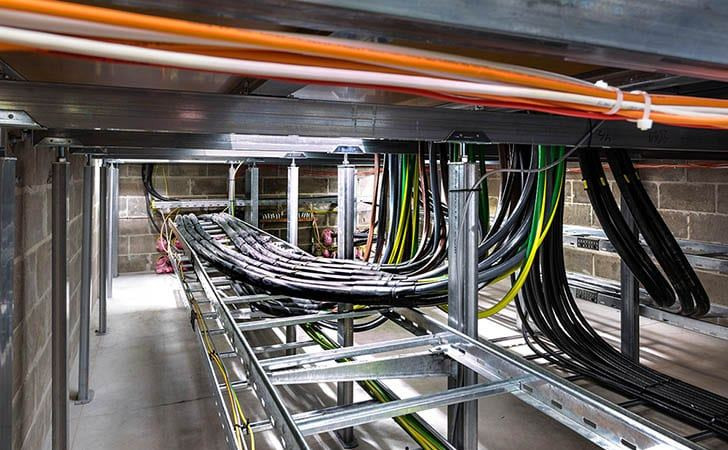Control cables are used to transmit signals and data between different components in a control system. These cables are essential in industries such as manufacturing, automation, and process control. When selecting a control cable solution, factors such as the number of conductors, shielding, insulation material, and cable jacketing should be considered.
The number of conductors required will depend on the specific application and the number of signals that need to be transmitted. Shielding is used to protect the cable from electromagnetic interference and should be considered if the cable will be installed in an environment with high electromagnetic interference. The insulation material used should be able to withstand the operating temperature and environmental conditions of the application. The cable jacketing should be chosen based on the application's requirements, such as resistance to chemicals, abrasion, and UV exposure.
It is essential to ensure proper installation and maintenance of control cables to ensure their safe and reliable operation. Proper cable management, including labeling and routing, is crucial to prevent interference and reduce downtime. It is also important to ensure that the cables are properly terminated and grounded to prevent electrical hazards.

Post time: Jul-21-2023

